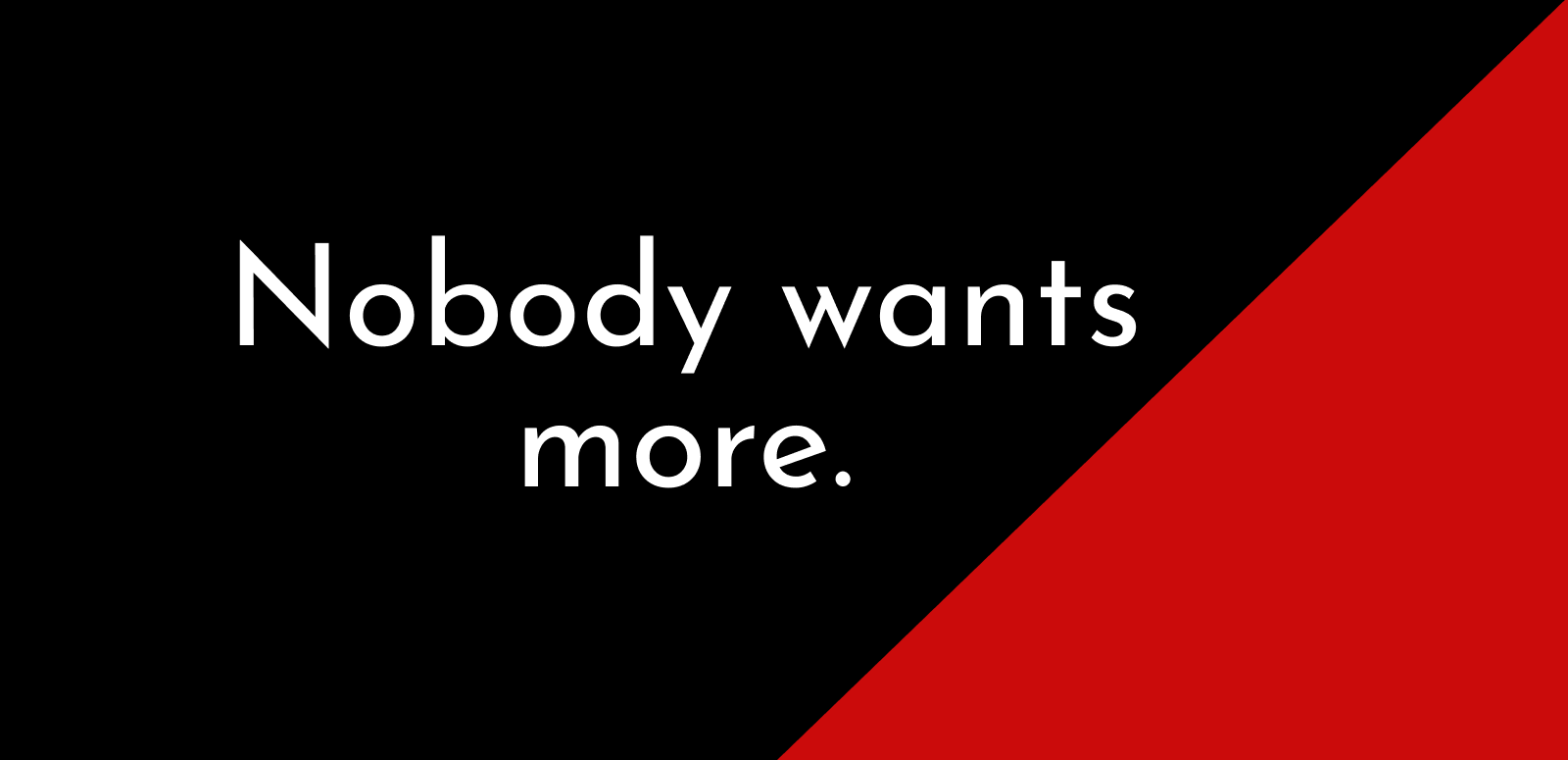My first paid newsletter flopped because I made the same mistake most writers make.
I tried to sell my audience more.
At the time, I had built a large following for my free For The Interested newsletter and assumed I could monetize it by offering an expanded edition for $10 a month.
A small portion of my audience bought it, but ultimately it didn’t work and I shut it down.
Fast forward a few years and I now realize there was a fundamental problem with that typical paid newsletter approach.
Almost nobody wants “more” – even of a newsletter they love.
They don’t want extra emails or bonus content, and they especially don’t want to pay for those things.
The Logistical Nightmare Of “More”
The “more” paid newsletter approach also creates logistical challenges for creators.
When your paid newsletter features the same type of content as your free version, you’re forced to constantly decide what content goes where.
The more valuable the item is, the more stressful this decision becomes.
Do you only share it with your few paid subscribers as a reward for their investment?
Or do you put it in your free newsletter where it will get seen by more people, potentially grow your audience, and lead to more new paid subscribers?
Both options creates other problems.
If your most valuable stuff doesn’t go in your paid product, then you’re essentially charging people for a product that’s worse than your free offering.
(That’s not a recipe to make people want to pay.)
On the flip side…
If your most valuable stuff goes in your paid newsletter then your free version may struggle to attract the new people you need in order to keep growing.
You’re screwed either way.
That’s why trying to monetize “more” rarely works.
But that doesn’t mean there aren’t opportunities to succeed with paid newsletters .
It just requires a different approach.
Sell “Different” Instead Of “More”
Rather than charge for extra issues or bonus content, create a product that offers a different spin on a complementary/related subject that your free subscribers will want to access.
When you establish your paid product as a different than your newsletter, you give your audience a clear reason to pay and remove the logistical challenges.
This approach can also reduce your workload.
Since your paid product is now a unique one, it won’t need to be a pure volume play.
For example, rather than offer two additional editions of your free newsletter each week in order to justify the cost of the paid subscription, you can just offer one installment of whatever your paid product is.
What Happened When I Took A “Different” Approach To My Paid Newsletter
I employed this “different” approach myself recently and have seen a huge difference compared to my initial attempt at a paid newsletter.
Rather than offer an expanded version of my For The Interested newsletter (the “more” approach I had originally tried that didn’t work), I launched a “different” product called a Skill Sessions membership.
Each session is a one-hour video where I show members how to do a specific thing to grow their business.
This method of delivering paid content has worked MUCH better (and I’m charging more).
Because it offers something DIFFERENT from my free newsletter, I’ve found a higher percentage of my readers to be interested – and willing to pay – for it.
I more than doubled my paid subscribers and revenue in the first two months alone compared to my initial attempt at a paid newsletter and I’m now up to 500+ paid annual members.
This “different” product also has a clearly defined role to play and there’s a nice alignment between it and my free newsletter as opposed to overlapping confusion.
My free For The Interested newsletter draws people into my world with curated content about how to get customers from their content.
Then, some of those subscribers pay for access to my Skill Sessions in order to learn exactly how I get customers from my content and to get my help implementing those strategies into their own business.
This system is working great for me, but it’s certainly not the only way to succeed with a paid content product.
Ultimately, it depends on your own niche, audience, etc.
But, in almost all cases this universal rule will hold true when it comes to a paid newsletter:
Different works better than more.
